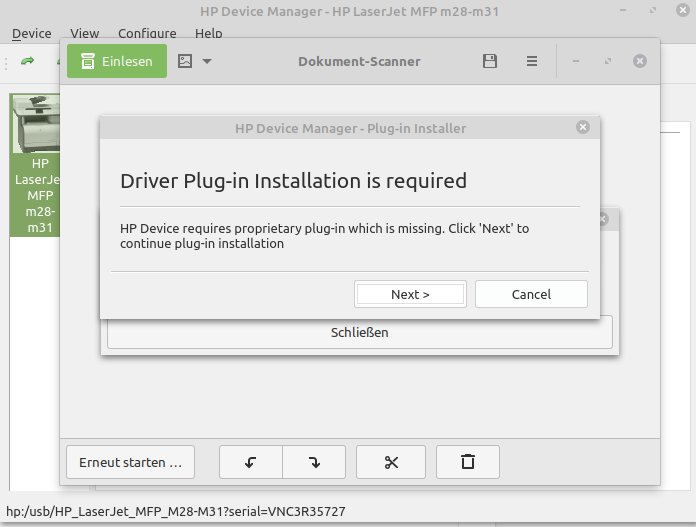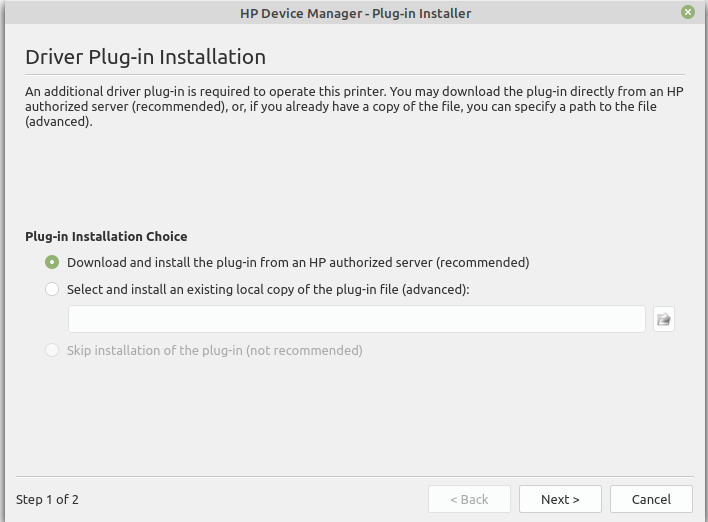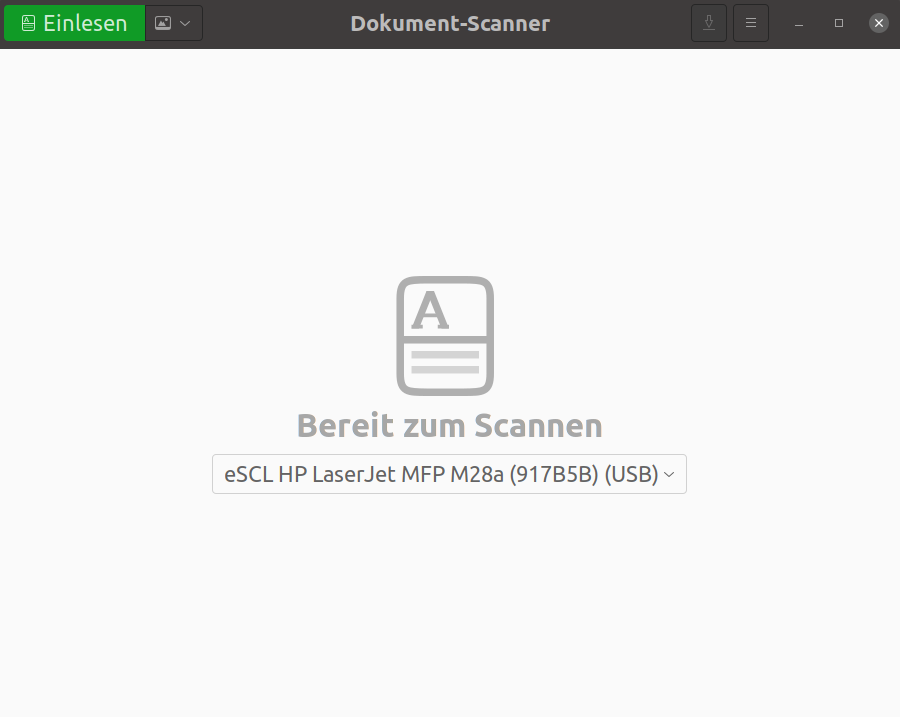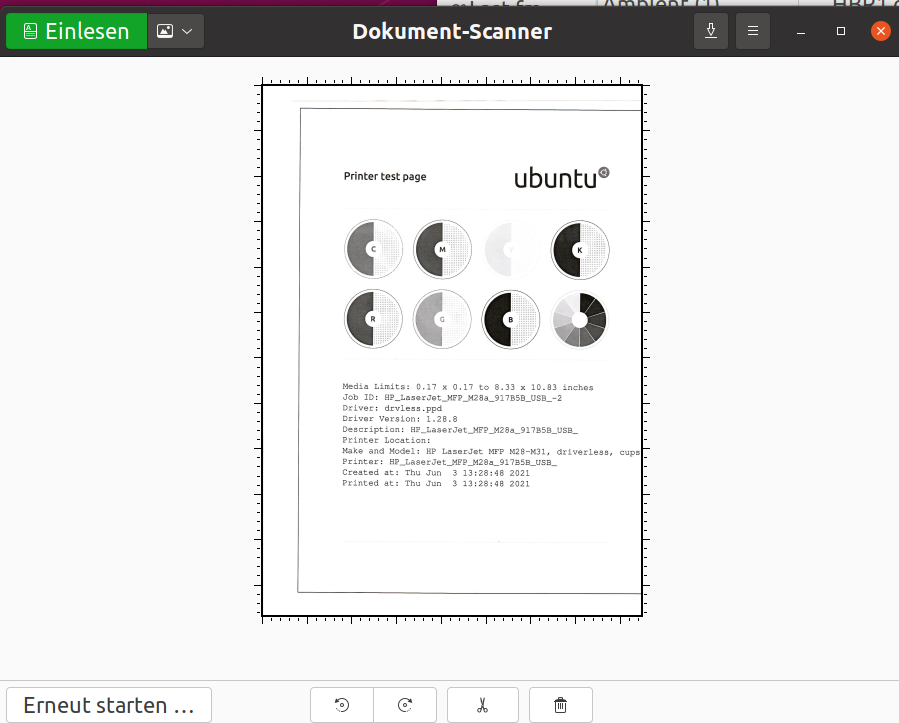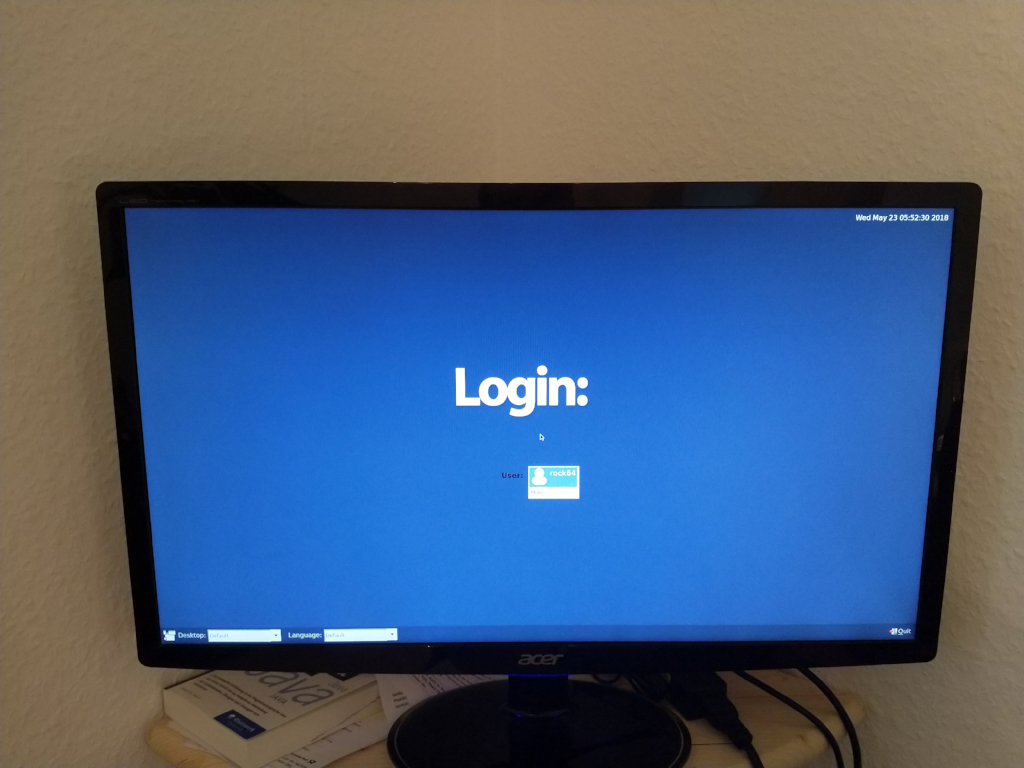Scanner unterLinux Mint 20.1.
-
schrieb am 23. Jan. 2021, 16:38 zuletzt editiert von
Servus
ich bin der Stefan(Steff).
Habe das leidige Thema HP Drucker mit Scanner zu installieren.
Es geht um der HP Laser MFP 135 wg. Drucken tut er, bloß das mit dem Scanner kann ich nicht von PC aus. Kann mir jemand dabei helfen den Scanner einzu binden. BS ist Linux Mint 20.1.
Ich danke im Vor raus. -
Servus
ich bin der Stefan(Steff).
Habe das leidige Thema HP Drucker mit Scanner zu installieren.
Es geht um der HP Laser MFP 135 wg. Drucken tut er, bloß das mit dem Scanner kann ich nicht von PC aus. Kann mir jemand dabei helfen den Scanner einzu binden. BS ist Linux Mint 20.1.
Ich danke im Vor raus.schrieb am 23. Jan. 2021, 17:41 zuletzt editiert von@seff Hahaha, ich habe auch einen HP Drucker MFP M28-M31 irgendwas, und genau das gleiche Problem. Drucken geht prima, scannen leider nicht. Sieht bei mir nach Benutzerrechten aus. Ich habe aber leider keine Lösung für das Problem bis heute gefunden. Was hast Du bis jetzt versucht?
-
@seff Hahaha, ich habe auch einen HP Drucker MFP M28-M31 irgendwas, und genau das gleiche Problem. Drucken geht prima, scannen leider nicht. Sieht bei mir nach Benutzerrechten aus. Ich habe aber leider keine Lösung für das Problem bis heute gefunden. Was hast Du bis jetzt versucht?
schrieb am 24. Jan. 2021, 07:25 zuletzt editiert vonNoch was mehr zum Thema.
Es gibt folgende Seite von HP -> https://developers.hp.com/hp-linux-imaging-and-printing/
Dort kann man sich hplip runterladen. Dieses ist aber auch in den Repos von Linux Mint.
:~$ apt search hplip i hplip - HP Linux Druck- und Darstellungssystem (HP i hplip-data - HP Linux Printing and Imaging - Datendatei p hplip-doc - HP Linux Druck- und Darstellungssystem – D c hplip-gui - HP Linux Printing and Imaging - GUI-Werkze v hplip-ppds -Da sehe ich gerade, das das GUI nicht installiert ist. Ok, mal eben nachgeholt.
Das kommt nachdem ich auf Scan geklickt habe. Danach das
Bei Klick auf Download passiert nix

Wenn ich das File von der HP-Seite runterlade und in der Konsole aufrufe kommt das hier...
error: linuxmint-20.1 version is not supported, so all dependencies may not be installed. However trying to install using linuxmint-20 version packages.Ich habe da schon Stunden mit verbracht, finde aber keine Lösung. Also, wenn jemand einen Tipp hätte, es würde mich und vermutlich viele andere, freuen

-
schrieb am 6. Juni 2021, 06:40 zuletzt editiert von
-
schrieb am 2. Sept. 2021, 08:23 zuletzt editiert von timovomwald 9. Feb. 2021, 10:25
Leider hilft das nicht, es kommt nach wie vor eine Fehlermeldung. Scannen kann ich nur als .jpg auf SD-Karte, PDF erzeuge ich anschließend mit PDF-Arranger. Anbei 2 Screenshots.
Linux Mint xfce 20.1, Motherboard ASRock Z590 mit Intel i5-11400 (2,6Ghz), 32GiB DDR4 (2,133Ghz), Samsung 980pro 1TB, NVidia GT630, 2x27" ASUS VL278H
-
Leider hilft das nicht, es kommt nach wie vor eine Fehlermeldung. Scannen kann ich nur als .jpg auf SD-Karte, PDF erzeuge ich anschließend mit PDF-Arranger. Anbei 2 Screenshots.
Linux Mint xfce 20.1, Motherboard ASRock Z590 mit Intel i5-11400 (2,6Ghz), 32GiB DDR4 (2,133Ghz), Samsung 980pro 1TB, NVidia GT630, 2x27" ASUS VL278H
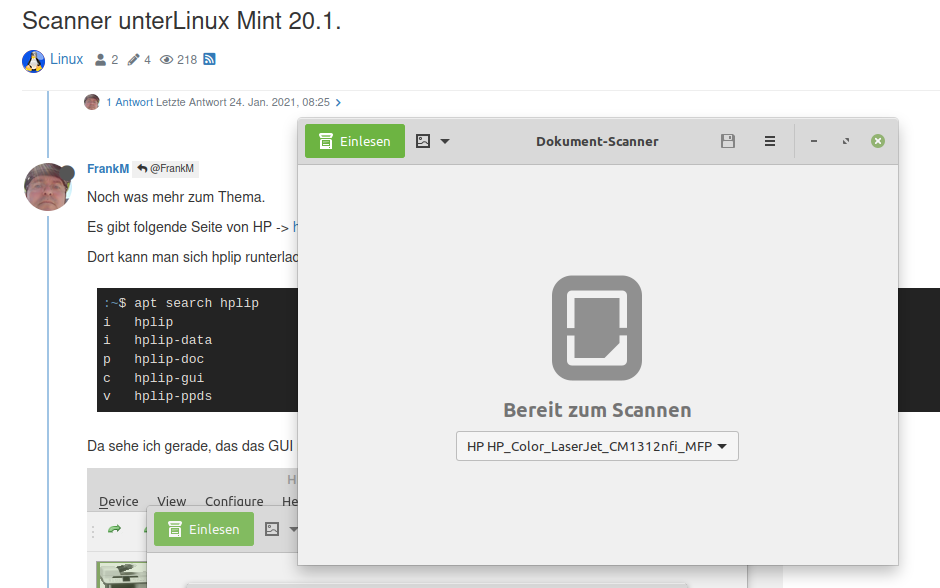
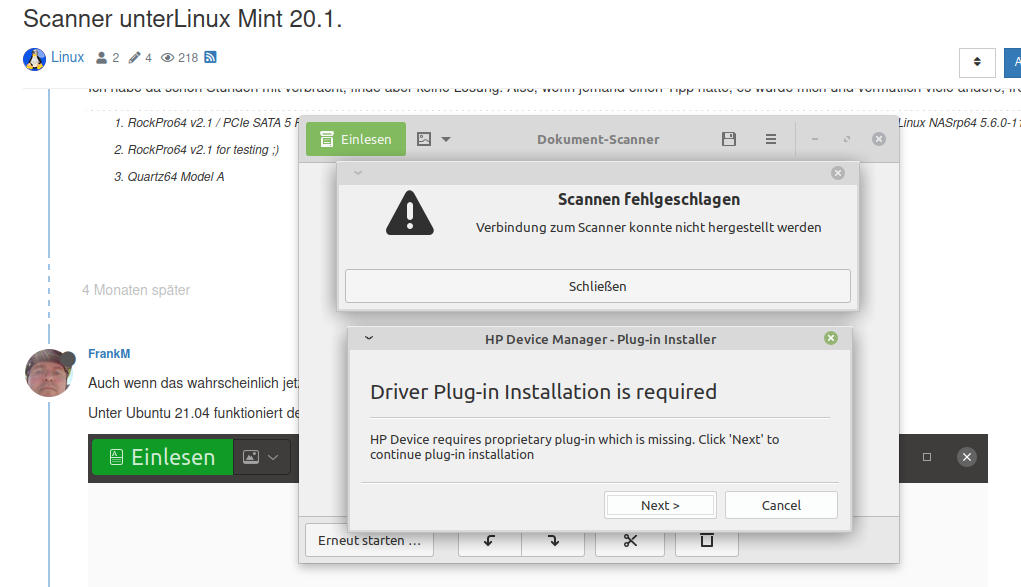 schrieb am 2. Sept. 2021, 14:50 zuletzt editiert von
schrieb am 2. Sept. 2021, 14:50 zuletzt editiert von@timovomwald Das letzte Bild ist dein Fehler?
-
@timovomwald Das letzte Bild ist dein Fehler?
schrieb am 6. Sept. 2021, 07:58 zuletzt editiert von@frankm
Ja, das war die Fehlermeldung. Die Driver Plug-in installation habe ich vielfach probiert, konnte jedoch kein Plug-in herunterladen. Heute früh verlangte Mint eine Aktualisierung für hplib. Nach der Installation probierte ich erneut das Driver Plug-in zu installieren und da hat es endlich funktioniert. >>>> Problem gelöst!
